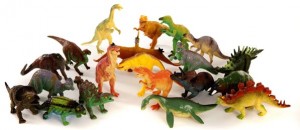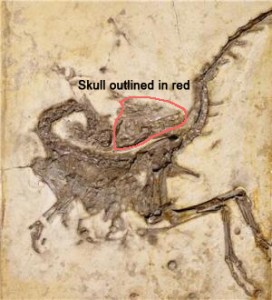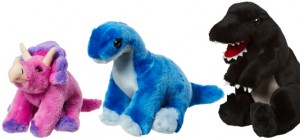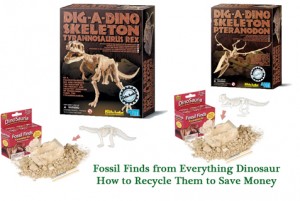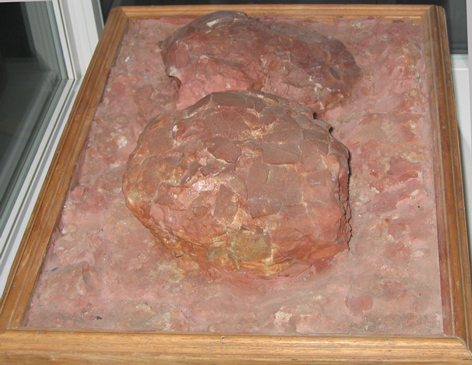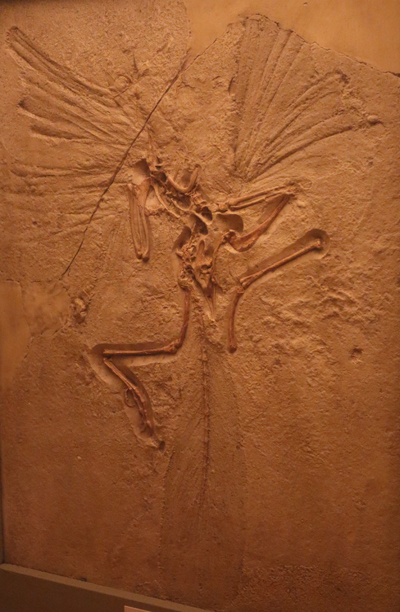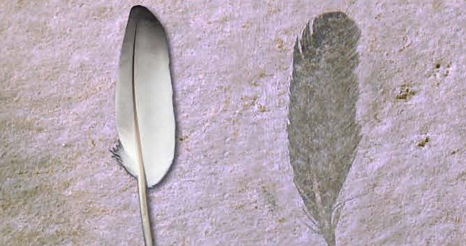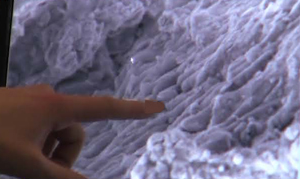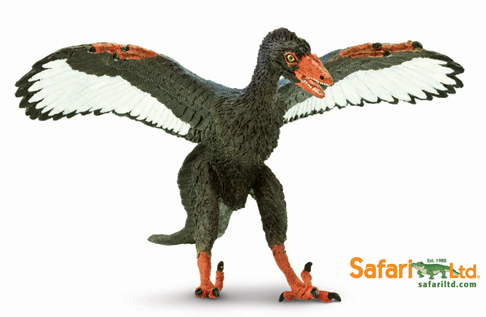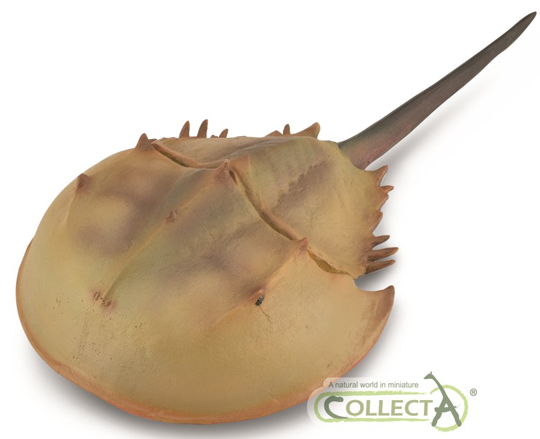Children with a Dinosaur Obsession – Money saving Tip
A Special Set of Travel Dinosaurs to Avoid Expensive Models getting Lost
Children as young as two years of age can develop an obsession with dinosaurs. Their keen, young minds seem to absorb dinosaur and prehistoric animal information and many young palaeontologists, the next generation of fossil hunters, can reel off the names, sizes and diets of an amazing number of these ancient reptiles. With many schools using dinosaurs in teaching topics to help young children learn to read, improve their numeracy skills and to get an understanding of basic scientific concepts, a child with a healthy interest in dinosaurs can gain a considerable advantage.
One consequence of being a parent, guardian or grandparent of an enthusiastic “dino fan” is that there is a tendency to build up an extensive collection of dinosaur models and toys. Many children’s bedrooms end up resembling a miniature version of a dinosaur theme park, but this is no bad thing as dinosaur toys can help develop imaginative, creative play as well as proving to be an aid to learning at school.
Such is the obsession, especially with young boys, that many dinosaur models are taken literally everywhere by their young owners. This can lead to problems, especially when favourite dinosaur models are taken out of the house and as a result, end up being lost.
One useful money saving tip, that was passed onto me by the Mum of a young child who was obsessed with dinosaurs (child was about three years of age) is to do what you can to ensure that an expensive dinosaur toy is not lost. This particular young boy kept insisting on taking his dinosaurs with him everywhere he went. Inevitably, models would keep getting lost. It can be difficult for an adult to keep track of all the dinosaurs out with their young palaeontologist when heading out to visit relatives or going on a shopping trip. Trying to reduce the number of models being taken can help, even attempting to prevent toys from leaving the house altogether but this can lead to tantrums.
To overcome this problem, and to provide both Mum and son with a “win-win” situation, the Mum set about compiling a special set of “travel” dinosaurs. This was a collection of inexpensive dinosaur models that the boy could take outside and since they were cheap it did not matter a great deal if now and then one of these was lost.
The resourceful Mum got together a collection of cheap, pocket money priced dinosaurs and these became the “outdoor” dinosaurs. The little boy was happy as he had his “special dinosaurs” to take with him and Mum was happy too, not having to keep replacing expensive dinosaur models every few weeks or so.
With a cheap set, the Mum even got into the habit of buying two models at once, but keeping back the duplicate. This way if any of these inexpensive items was lost, it could easily be replaced without too many tears. Keep the expensive dinosaurs for play in the house, cheaper models can become the “travel” dinosaurs for your young dinosaur fans and if one or two are misplaced you don’t have to break the bank replacing them.
Turns out that the set she used was from our party products range – a set of 20 different, inexpensive prehistoric animal models
Potential “travel” dinosaurs and other dinosaur themed toys and gifts: Everything Dinosaur.
A Solution to “Lost Dinosaurs”
Picture credit: Everything Dinosaur
Using inexpensive dinosaur models for outside play or for taking on trips can save money if any models have to be replaced. After all, it is not too expensive to replace them if any should become extinct!
For inexpensive dinosaur toys and prehistoric animal themed gifts: Dinoaur Toys, Models and Gifts.


